A wide variety of viral infections can affect plants, and the vast majority target just one or a small number of plant species. Depending on the virus and the plant, they can cause many symptoms. The Mosaic virus is most often seen in temperate regions. Mosaic viruses cannot survive in dry environments. At temperatures between 79 and 89 degrees Fahrenheit, CMV is thought to be at its most active and symptomatic.
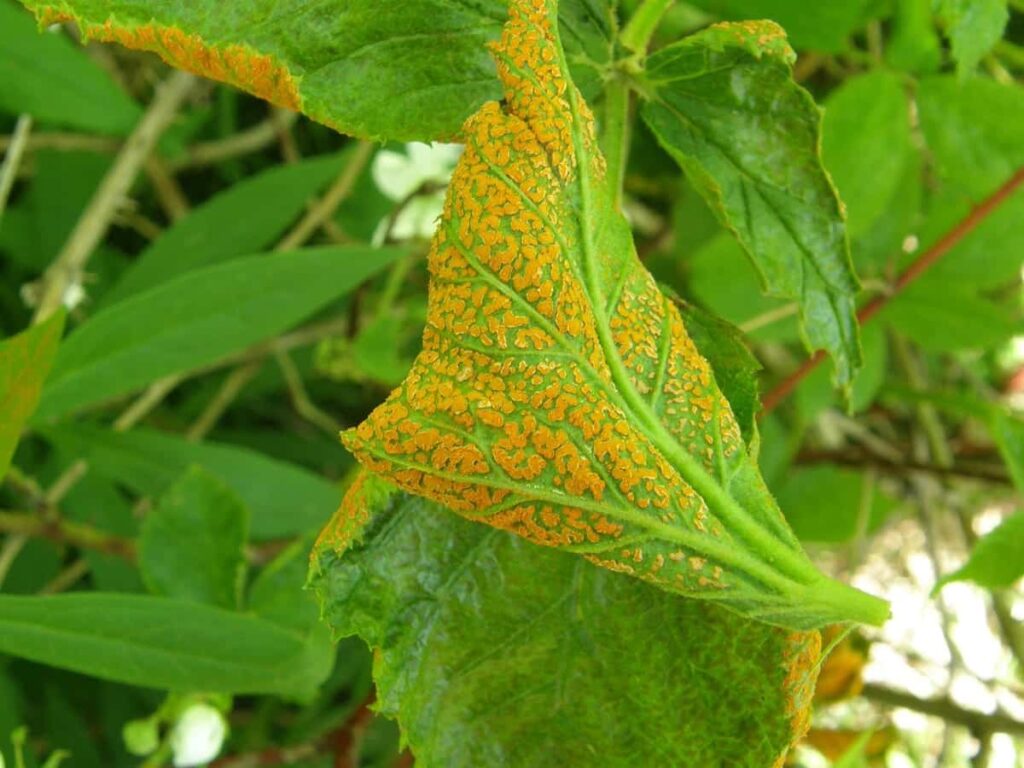
Below we learn Mosaic virus control, how to treat the mosaic virus, mosaic virus symptoms, mosaic virus in houseplants, which plants get affected by the mosaic virus, and organic and chemical prevention methods for the mosaic virus.
Controlling Mosaic Viruses in plants
What is a mosaic virus?
The mosaic virus is very diverse, with thousands of distinct viruses and hundreds of distinct strains. The mosaic virus acts as a parasite, breaking down the genetic material of plants, gardens, and crops. If the mosaic virus is not contained and treated quickly once it infects a plant, it can spread to other plants and ruin the crop for everyone. Roses, tomatoes, potatoes, cucumbers, beans, tobacco, pumpkins, melons, squash, and peppers are only some of the horticultural and vegetable crops susceptible to mosaic viruses.
Types of mosaic virus
A variety of different mosaic viruses, including the following, are known to be harmful to plants that are grown in vegetable gardens: The Bean Common Mosaic Virus (BCMV) and the Bean Yellow Mosaic Virus (BYMV) are the two most common forms of mosaic viruses that can infect beans of any variety. You should not keep the seeds from infected plants since the BCMV virus can potentially be passed on via the seeds themselves. Aphids are often responsible for transmitting the Cucumber Mosaic Virus (CMV), one of the most frequent forms of mosaic viruses.
Because of its name, cucumber mosaic virus most often affects cucumbers; nevertheless, it also poses a threat to a wide variety of other garden plants, such as other cucurbits (such as melons and squashes), nightshades (such as tomatoes, peppers, eggplants, and potatoes), and leafy greens (lettuce, spinach). The Tobacco Mosaic Virus (TMV) can be passed on via seeds or by direct contact with infected individuals; cultivating tobacco strains resistant to the virus is the most effective method for preventing its spread.
Symptoms and how to identify the mosaic virus
When diagnosing a viral disease, it’s important to remember that symptoms can differ from plant to plant and even from one growing season to the next, depending on several factors. The most frequent methods for detecting mosaic viruses are described here. The leaves have what seem like raised yellow, white, light, and dark green dots. The result is a blistered look on the leaves. Poor growth or stunting of plants is common.
Some plant abnormalities include crinkled or wavy leaves. Infected plants with cucumber mosaic virus are short and stunted, and they often display “shoestring syndrome,” a deformity in which the leaf veins originate as long, thin strips rather than at the leaf margins. They look like little, malformed tomatoes. The tobacco mosaic virus causes mottled and yellowed leaves and twisted or malformed new shoots in infected plants.
In case you missed it: Organic and Chemical Solutions to Get Rid of Potato Scab: Symptoms, Causes, and Treatment
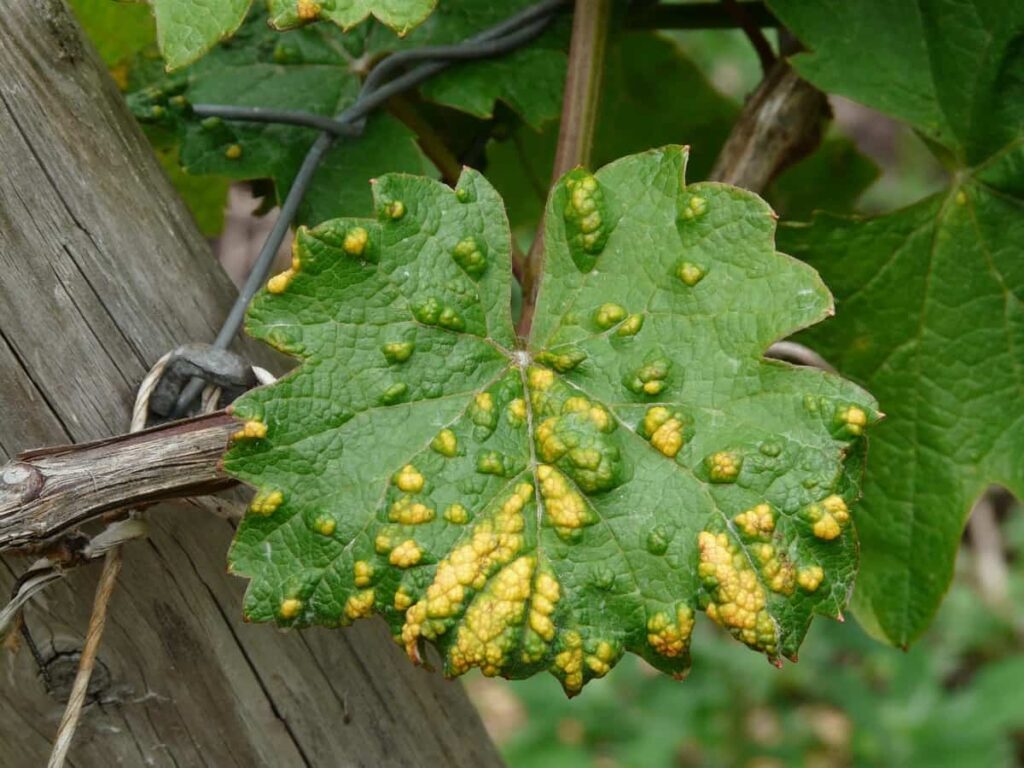
What causes mosaic virus?
Weeds, infected plants, infected seeds, and even certain insects can all serve as sources for the transmission of mosaic viruses. Insects that feed on perennial weeds are a significant source of the Mosaic virus transmission, which survives the winter on these plants. Plant-eating insects, including aphids, whiteflies, leafhoppers, and cucumber beetles, are typical culprits in spreading this disease in gardens.
Since aphids are the most prevalent garden pest, understanding how to eliminate them is crucial to a successful garden or crop. Virus particles can also be transmitted to a plant via contaminated soil, seeds, pots, and containers. Tissue fragments taken from infected areas can potentially harbor and transfer the virus to other areas.
How to prevent mosaic virus beforehand?
The garden should be planted with virus-resistant plants. There are currently no tomato cultivars resistant to the cucumber mosaic virus; however, tomatoes resistant to the tobacco mosaic virus can also have some resistance to the cucumber mosaic virus. Insects like aphids and leafhoppers are responsible for spreading mosaic viruses.
Floating row covers or aluminum foil mulches can protect plants from these pests. You need to get those weeds under control. Insects like aphids and whiteflies may transfer viruses from infected plants to your garden plants by feeding on infected plants (known as “hosts”). Seeds of sensitive plants should be treated with a 10% bleach solution to kill seed-borne mosaic viruses.
Organic measures to take control of mosaic virus
We now know of no compounds that can treat a plant with MV, nor any that can prevent it from contracting the virus. This means that both preventative and curative strategies are necessary for viral management in plants. Make sure the seeds and plants you buy are virus-free before planting them. Keep your plants in pristine condition and free of pests. There is a high probability that weeds harboring MV or aphids cause the infestation. Thus they must be eradicated. MV is often found in groundsel and chickweed among common garden plants.
In case you missed it: Insect Pest and Disease Management in Paddy/Rice: Causes, Symptoms, Chemical, and Biological Control
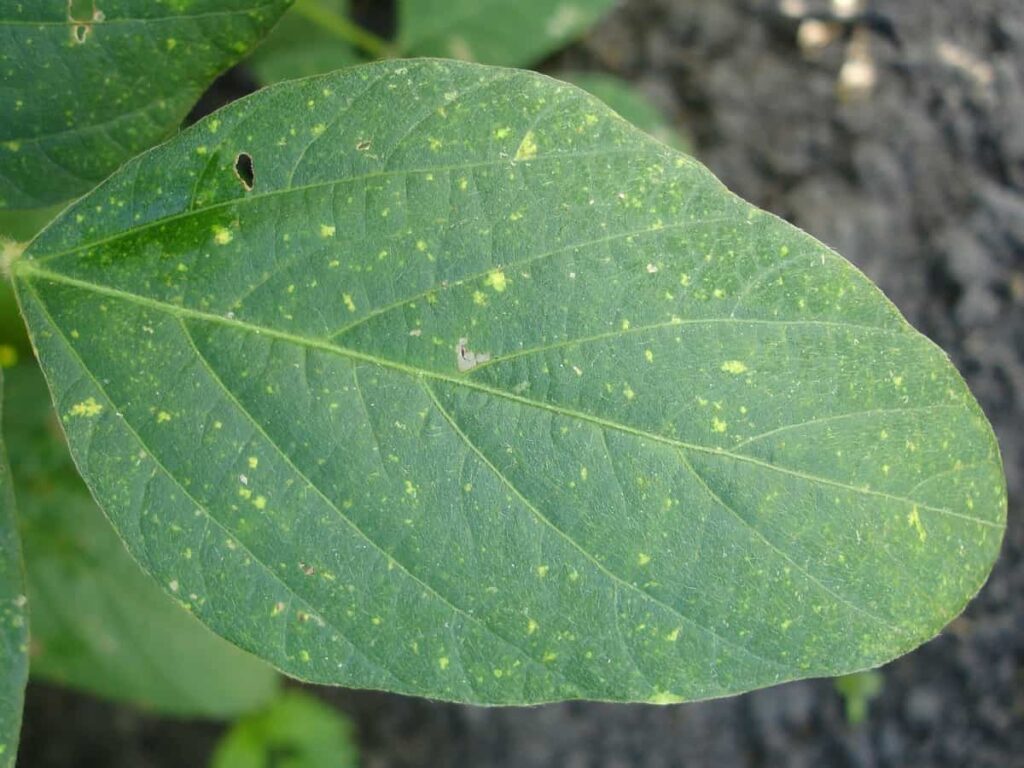
Remove any plants that may be infected right away and get them checked out. Plants with an MV infection must be eliminated. However, aphids aren’t the only source for MV spread; gardening equipment and contact with infected plants can also spread the disease. Cleaning and disinfecting equipment and hands regularly can help significantly reduce the risk of spreading CMV.
When it is possible, choose resistant plant types. Supreme protector; that’s what we call zucchini. Badger Cross, Zebra Cross F, and Tiger Cross are all varieties of bush marrow. Bush Champion, Crispy Salad, Jazzer F, Paskia Fi, Petitta, and Country Fair are all varieties of cucumbers. Eggplant bred for speed, known as Bonica. There seems to be some resistance to the cucumber mosaic virus in these genotypes.
When using the trap crop strategy, gardeners plant resistant types at the field’s edges and vulnerable ones in the center. Aphids will be less likely to spread the virus if they settle on the resistant variety first and then munch their way to the vulnerable ones. To keep your tomato plants disease-free, you shouldn’t put them near cucurbits, spinach, or other disease-prone foods or flowers. These are the control measures of mosaic plant viruses.
Chemical methods to take care of the mosaic virus
Once a virus like the mosaic virus has infected a plant, there is no way to treat it. Therefore, you must take every precaution to ensure that the disease does not spread into your garden. There is no way to treat a viral infection with a fungicide. If you can’t grow resistant kinds, it’s best to get quality transplants from a reliable nursery. Seeds from diseased plants should not be saved. Get rid of all the perennial weeds within a hundred yards of your garden using the least hazardous pesticides possible.
Humans, tools, and machinery are all sources for the virus’s propagation. Hand washing and disinfecting with a bleach and water solution are effective ways to prevent the spread of disease in a garden or greenhouse. You shouldn’t bother working in the garden if it’s raining. If you have any plants that are at all vulnerable, please refrain from smoking near them. The virus can be transferred by using tobacco products such as cigarettes. All contaminated plants must be uprooted and destroyed. If you compost, it will smell.
In case you missed it: Pests and Diseases Management in Cotton: Causes, Symptoms, Chemical, and Biological Control
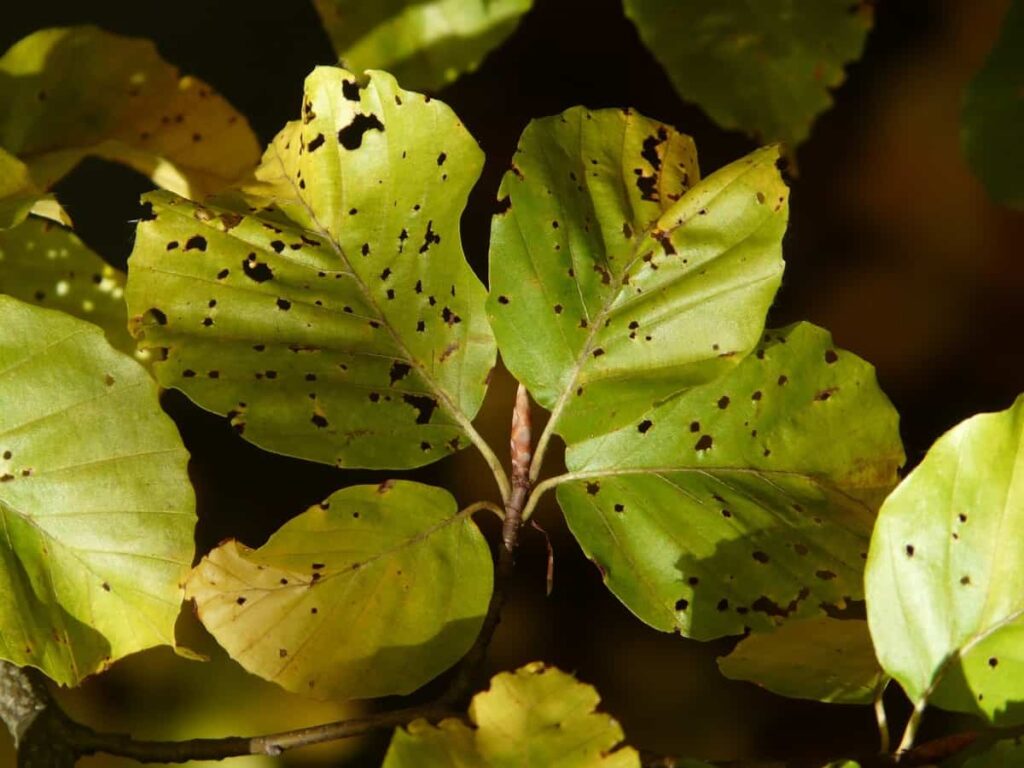
How can we prevent the mosaic virus in plants?
Plants that are immune to viruses are ideal for the garden. Tomatoes resistant to the tobacco mosaic virus can also be resistant to the cucumber mosaic virus. Still, unfortunately, there are presently no tomato cultivars that are resistant to the cucumber mosaic virus. Insects like aphids and leafhoppers transmit mosaic viruses.
Use a floating row cover or aluminum foil mulch to keep these pests away from your plants. You ought to do something about those weeds. As they feed on infected plants, insects like aphids and whiteflies can spread the virus to healthy plants in your garden. Seed-borne mosaic viruses can be eradicated by treating susceptible plant seeds with a 10% bleach solution.
How can we control the yellow mosaic virus?
The immature leaves first develop a few little yellow dots. Slowly, the affected part of the leaf becomes more widespread, and eventually, the whole leaf can become yellow. Leaves with the disease have spots of green and yellow instead of a consistent color. The yellow leaves gradually get dry and shrivel up. Plants that have been infected with a disease take longer to reach maturity. Fewer flowers and fewer pods are produced.
Infected plants produce abnormally tiny, yellow, and misshapen pods. Plant production and grain quality are both negatively affected by the infection. The development of diseased plants is stunted. Whiteflies are the source of this disease. Before planting, seeds should be treated with insecticides such as carbosulfon (30g) or monocrotophos (5ml) at a rate of 1 ml per 1 kilogram of seed.
To keep your soil healthy, rotate your crops and your crops themselves. Cultivate hardy plants suited to your area. Save seeds from plants that have not been affected by any diseases. It is essential to get rid of any infected plants. To prevent the spread of disease, infected leaves and plants must be removed from fields and destroyed. Remove the weed hosts. Plant sorghum, pearl millet, and corn among non-host crops.
Applying pesticides such as dimethoate 0.03 percent, monocrotophos 1.6%, metasystem 0.1%, or triazophos 1.25 milliliters per liter during the early stages of disease transmission is beneficial in controlling white flies. Repeat the spraying every 7-10 days if the disease is not under control. Methyl demeton two ml/l foliar sprays are also effective in preventing the spread.
How long does the tobacco mosaic virus stay in soil?
Investigations have revealed that the virus can live in soils for one year or more, yet, it is susceptible to relatively quick inactivation under specific natural circumstances. This is the case even though the virus can survive in soils for one year or more. However, this inactivation is insufficient to eradicate soil infestation as a role in tobacco mosaic infection.
How do I know if my plant has a mosaic virus?
Inconsistent mottling of leaves is a typical mosaic sign. The leaves can be abnormally small, crinkled, or puckered, and the veins can be paler or streaked with darker green or yellow. Sometimes plants are stunted to the point that they produce fewer fruits and blossoms than usual, or those that produce them are abnormally malformed. In hotter temperatures, over 27 degrees Celsius (81 degrees Fahrenheit), mosaic symptoms might be obscured or latent, leading to misdiagnoses of nutritional insufficiency or herbicide harm.
In case you missed it: How to Grow Parijat Plant (Harsingar): Planting and Care

Agents such as aphids, mites, fungi, nematodes, direct touch, and even pollen and seeds can transmit the causative viruses. Using virus-free seeds and plants, developing resistant types, isolating new plantings from old plantings, rotating annuals, and practicing strict cleanliness and pest-control practices are all effective ways to prevent mosaics.
How do cucumbers control the mosaic virus?
No chemical treatment can heal a plant with CMV infection, nor are there any chemicals that can prevent plants from getting infected. Make sure the plants you buy are virus-free. Control the aphid population thoroughly. Getting rid of all the weeds is essential since some might harbor CMV or aphids.
Put plants exhibiting any of the symptoms above in a separate container immediately and get a diagnosis. Throw away plants that are infected with the virus. Regular disinfection is required for the equipment used in vegetative propagation. Instead of growing plants from their roots, propagate them from seed.
Is mosaic virus contagious?
The infectious mosaic disease is caused by a family of viruses that can strike many plant species. Tobacco mosaic virus (TMV) and cucumber mosaic virus (CMV) are two examples that primarily target nightshades and cruciferous vegetables. It’s typical for viruses to try to destroy an organism’s cells, and the mosaic virus is no exception.
Mosaic virus is highly infectious and can easily transmit from one plant to another by sources like insects, contaminated tools and equipment, contaminated growing medium, and physical contact with infected plants. It is also possible for insects like aphids and spider mites to propagate the virus after walking on a plant that is already infected. This is just one more argument for not letting minor bug infestations fester.
Can mosaic virus live in soil?
The effects of CMV infection are far-reaching and rapid. Even if crops are harvested, they are frequently in poor condition and suffer yield losses of 10-20%. A wide variety of plant species can be infected by CMV, making it one of the most versatile plant viruses. More than 60 distinct aphids can mechanically transmit CMV in the plant sap. The virus outbreak typically follows cool weather that encourages aphid flights. In contrast to TMV (tobacco mosaic virus), CMV is not seed-borne in tomatoes and does not survive on plant detritus in the soil or on the hands and clothes of workers.
Can plants recover from TMV?
Infected plants cannot be saved, and the disease can be passed on to other plants by human and insect contact. Thus, it is preferable to remove them as soon as possible. Shade or dim light can help bring out the mottling of the leaves. Pick one of the several available resistant variants. Growing resistant types for three years will frequently stop an outbreak if this disease has been seeded in your garden. Uproot diseased plants and throw them away. Early in the season, it can be possible to replant with resistant species. This is the control of the tobacco mosaic virus.
In case you missed it: How to Grow Brahma Kamal from Cuttings: Planting and Care
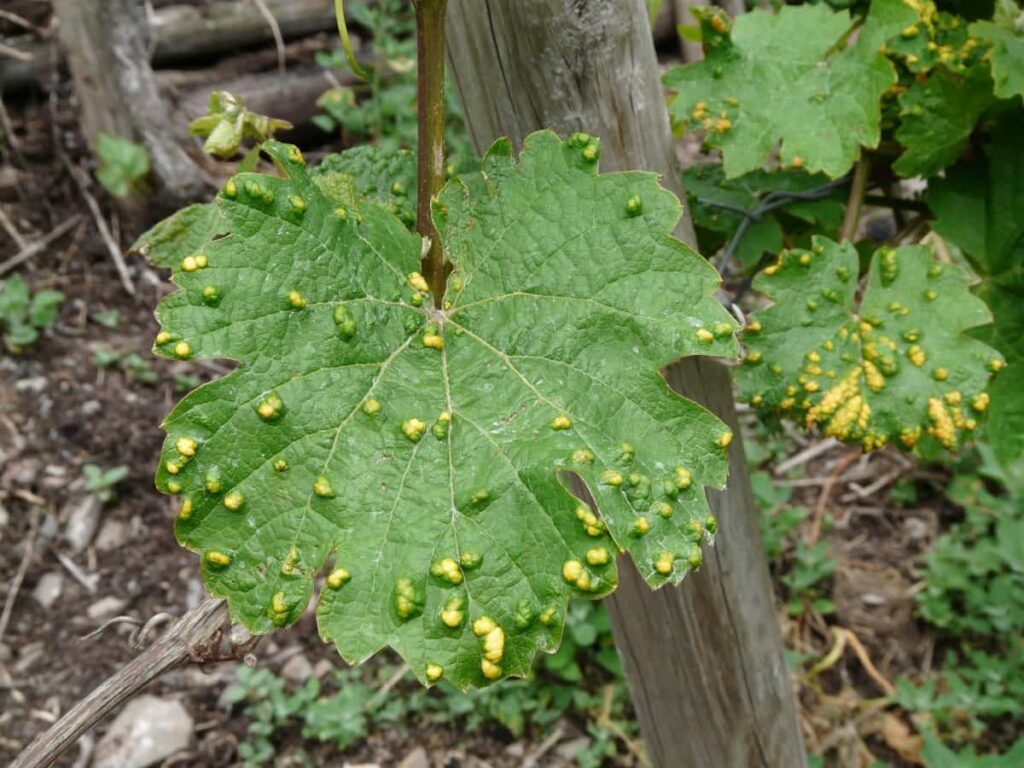
What plants get the cucumber mosaic virus?
In addition to vulnerable biennial and perennial weeds, Cucumber mosaic virus (CMV) can overwinter in perennial crops (like alfalfa) and perennial herbaceous and woody ornamentals, causing widespread damage the next growing season. The virus can be transmitted between plants via the seeds or even the pollen of infected host plants.
Aphids can pick up CMV from infected plants and transfer it to healthy plants as they eat. The possibility for CMV transmission exists among more than 80 aphid species. An area’s aphid population and activity level, as well as the density of infected plants that function as reservoirs for the virus, can significantly impact the severity of cucumber mosaics.
Yellow mosaic virus chemical control
Eliminating aphids is crucial in reducing the spread of the bean/yellow mosaic virus. If you see any aphids on the underside of the leaves, you should treat them immediately using insecticidal soap, neem oil, or organic treatments based on pyrethroids. Aphid-eating insects can also be put to good use. It is best to take a preventative strategy that includes both chemical medicine and biological therapies.
Viruses cannot be treated, and aphid populations can only be somewhat managed at best. Aphids are not being killed fast enough to eradicate the infection. Using mineral oil (1%) alone or in combination with pesticides significantly reduces the transmission of the virus. However, these treatments must be repeated regularly to prevent damage to the growing shoots, which can be costly.
Conclusion
Insects that feed on plant sap can be kept away from delicate plants by spraying them with an appropriate pesticide. Virus infections in plants cannot be treated chemically at present. Remove infected plants from your garden and throw them away to stop the disease from spreading.
- Types of Pesticides Used in Agriculture: A Beginner’s Guide
- Economical Aquaculture: A Guide to Low-Budget Fish Farming
- 15 Common Planting Errors That Can Doom Your Fruit Trees
- How to Make Houseplants Bushy: Effective Tips and Ideas
- Innovative Strategies for Boosting Coconut Pollination and Yield
- Pollination Strategies for Maximum Pumpkin Yield
- The Complete Guide to Chicken Fattening: Strategies for Maximum Growth
- Natural Solutions for Tulip Problems: 100% Effective Remedies for Leaf and Bulb-Related Issues
- Revolutionizing Citrus Preservation: Towards a Healthier, Greener Future
- Natural Solutions for Peony Leaf and Flower Problems: 100% Effective Remedies
- Maximizing Profits with Avocado Contract Farming in India: A Comprehensive Guide
- Natural Solutions for Hydrangea Problems: 100% Effective Remedies for Leaf and Flowers
- The Ultimate Guide to Choosing the Perfect Foliage Friend: Bringing Life Indoors
- From Sunlight to Sustainability: 15 Ways to Use Solar Technology in Agriculture
- The Ultimate Guide to Dong Tao Chicken: Exploring from History to Raising
- The Eco-Friendly Makeover: How to Convert Your Unused Swimming Pool into a Fish Pond
- Mastering the Art of Delaware Chicken Farming: Essentials for Healthy Backyard Flocks
- 20 Best Homemade Fertilizers for Money Plant: DIY Recipes and Application Methods
- How to Craft a Comprehensive Free-Range Chicken Farming Business Plan
- Brighten Your Flock: Raising Easter Egger Chickens for Beauty and Bounty
- How to Optimize Your Poultry Egg Farm Business Plan with These Strategies
- Subsidy for Spirulina Cultivation: How Indian Government Schemes Encouraging Spirulina Farmers
- Ultimate Guide to Raising Dominique Chickens: Breeding, Feeding, Egg-Production, and Care
- Mastering the Art of Raising Jersey Giant Chickens: Care, Feeding, and More
- Ultimate Guide to Raising Legbar Chickens: Breeding, Farming Practices, Diet, Egg-Production
- How to Raise Welsummer Chickens: A Comprehensive Guide for Beginners
- How to Protect Indoor Plants in Winter: A Comprehensive Guide
- Ultimate Guide to Grow Bag Gardening: Tips, Tricks, and Planting Ideas for Urban Gardeners
- Guide to Lotus Cultivation: How to Propagate, Plant, Grow, Care, Cost, and Profit
- Agriculture Drone Subsidy Scheme: Government Kisan Subsidy, License, and How to Apply Online
- Ultimate Guide to Raising Araucana Chickens: Breed Profile, Farming Economics, Diet, and Care
- Bringing Hydroponics to Classroom: Importance, Benefits of Learning for School Students
- Ultimate Guide to Raising Polish Chickens: Breed Profile, Farming Economics, Diet, and Care
- Ultimate Guide to Raising Australorp Chickens: Profile, Farming Economics, Egg Production, Diet, and Care
- Silkie Chicken Farming: Raising Practices, Varieties, Egg Production, Diet, and Care
- Sussex Chicken Farming: Raising Practices, Varieties, Egg Production, Diet and Care